10 Snapshots of Senior Research
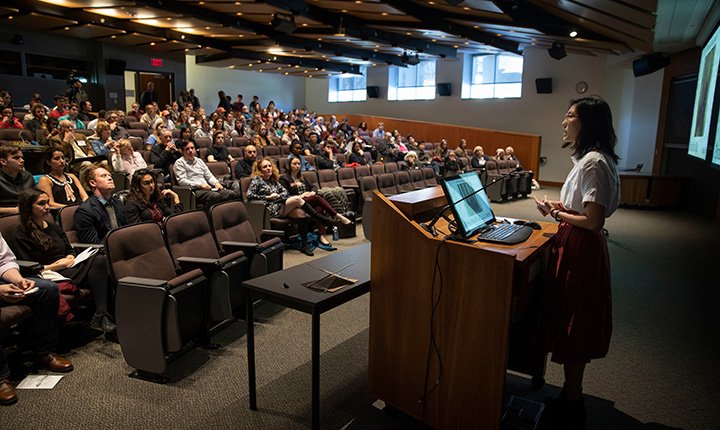
Diane Lee '18 discussed the untold horrors the Japanese occupation of Korea wreaked on women.
The third annual Senior Showcase brought the College community to the Science Center late last month to watch students tackle a daunting challenge: presenting their thesis or senior research project in three minutes, with one slide.
Crisscrossing the academic divisions, from physics to psychology to studio art, the 20 student presentations provided a sample of senior research across Swarthmore. Students collaborated with peer speaking associates (SPAs) to convey the highlights of their projects to a general audience.
“It’s an opportunity to hear about work that sometimes never leaves a department or skips a Swarthmore audience for an academic conference or paper,” says Jill Gladstein, associate professor of English literature and director of the Writing Associates program, which connects students and speaking associates.
“Communication is one of the most important skills students can hone," adds Katie Clark, director of the Center for Innovation and Leadership (CIL), which co-sponsors the event with the Speaking Associates program. "Effective communication helps us all share ideas, make change, and impact the world. This group of seniors artfully practiced this skill throughout the Senior Showcase process.”
Students collaborate with SPAs for months to help boil their research down to a concise and easy-to-understand presentation — and it's both that process and the final product that make the showcase special, says Gladstein.
Videos of each of the 20 presentations will be available soon. Below are 10 snapshots.
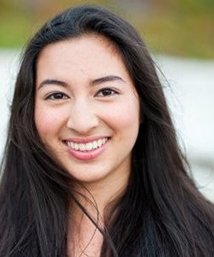 Anna Mischel '18, a neuroscience special major from La Jolla, Calif.
Anna Mischel '18, a neuroscience special major from La Jolla, Calif.
Project: Single Cell Assay for Transposase Accessible Chromatin Sequencing in Glioblastoma
Anna's Takeaway: Glioblastoma (GBM) is the most common brain cancer, with 13,000 new diagnoses a year in the U.S. and a five-year survival rate of just five percent. To understand why GBM is so hard to treat, Mischel used a cutting-edge technique that paired a biological test with computational analysis to cast light on chromatin architecture at the level of a single cell.
She found that cancer and non-cancer cells had differently organized chromatin, “but, interestingly, that not all the cancer cells had the same type of chromatic architecture disregulation.” Diving deeper into these differences, Mischel says, “could provide avenues to specific treatments for those suffering from GBM.”
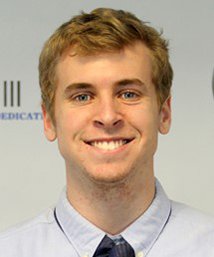 Blake Oetting '18, an art history major from Iowa City, Iowa.
Blake Oetting '18, an art history major from Iowa City, Iowa.
Project: Rhetorical Bodies: Ambivalence in the Portraiture of Carl Van Vechten
Blake's Takeway: Although Carl Van Vechten photographed nearly everyone who was anyone for the Harlem Renaissance beginning in the 1930s, there’s little understanding of his career. Analyses focus on the man and his role in history, from the Great Depression to the Civil Rights movement, but not his work itself.
He sought to fill that void, outlining the ways that Van Vechten’s photos “distilled discursive claims emerging in 20th-century American art, culture, and race relations.” Competing interests encouraged Black artists “to either embody an inextricable link to an African past or deal exclusively with the contemporary moment,” he adds, while Van Vechten’s photos allowed room for both.
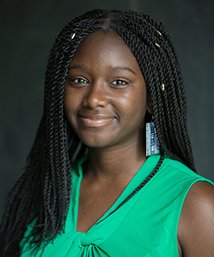 Lydia Koku '18, an Honors sociology and educational studies major from Toronto, Canada.
Lydia Koku '18, an Honors sociology and educational studies major from Toronto, Canada.
Project: The Burdens They Carry: How Black College Students Resist and Internalize Received Messages about Race and Racism
Lydia's Takeaway: Black students who have internalized a limited definition of activism feel burdened to take specific actions — to the detriment of their mental health and sense of belonging. Koku examined 10 students from Bryn Mawr and Haverford Colleges and found that seven have come to view activism strictly in terms of protest, boycotts, and presentations, and that not partaking in these forms of activism invalidates their blackness.
But activism takes many forms, she notes, from education and informed voting to poetry and mentorship. Institutions and members of campus communities, therefore, “need to affirm and validate Black students in all of their work.”
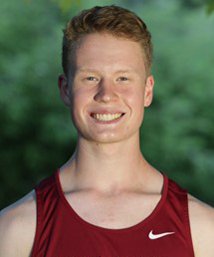 Alex Robey '18, an Honors engineering and mathematics major from New Canaan, Conn.
Alex Robey '18, an Honors engineering and mathematics major from New Canaan, Conn.
Project: Computationally Expediting Fourier Ptychographic Miscroscopy
Alex's Takeway: Fourier Ptychographic Microscopy (FPM) solves the problem of insufficient resolution from a microscope — but it’s complicated. The computational imaging technique of stitching together photos of the same sample to generate a super-resolution image is great, but requires up to 10,000 photos. Not always practical.
So Robey created an algorithm to illuminate samples from below with LED patterns. It worked better and more efficiently, but presented one surprise: The optimal pattern is asymmetric. “That went against my intuition and theory, but in the end, I found I just have to pay attention to what the machines are telling me and cede control to what machine learning says.”
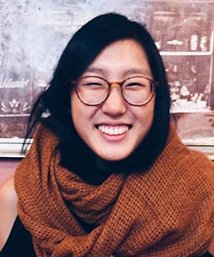 Diane Lee '18, an English literature major from Goyangsi, Korea
Diane Lee '18, an English literature major from Goyangsi, Korea
Project: From Dirt to Mud
Diane's Takeaway: The Japanese occupation of Korea wreaked untold horrors on women taken for sexual "comfort" or serving as resistance workers. Lee conducted research and visited South Korea to better understand these experiences, realizing “how easy and natural it was to forget their struggles in the face of a nationally superficial and cohesive narrative.”
She wrangled with how to “most appropriately address and dismantle the silence,” and faced a flash point after visiting a women’s prison from the occupation that featured torture and executions. “It really personally challenged me to talk about these experiences I haven’t shared. But at the same time, I want to help keep the experiences of these women alive and heard.”
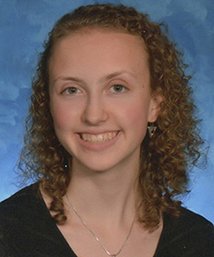 Sonja Dahl '18, a sociology & anthropology and Spanish major from Schenectady, N.Y.
Sonja Dahl '18, a sociology & anthropology and Spanish major from Schenectady, N.Y.
Project: “Other Sides”: Beliefs and Identities Among White American Activists
Sonja's Takeaway: Perceptions and beliefs create a sense of group identity among activists, but their individual identities remain loose and contested. Dahl focused on the collective identity dynamics within white anti-racism and social movements, drawing data from surveys, focus groups, and interviews she conducted with a Philadelphia-area group.
She explored how the group members thought about themselves, how they relate to wider society, their beliefs about race and politics, and demonstrated how these challenges to collective identity are crucial to understanding their everyday dilemmas. “By studying how activists’ identities work,” she says, “you can learn how to best work for social change.”
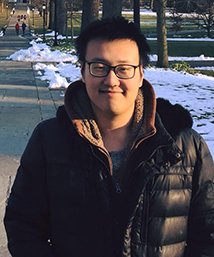 Zechen Zhang '18, an Honors physics major from Tianjin, China
Zechen Zhang '18, an Honors physics major from Tianjin, China
Project: Counting States, Predicting Gene Expression and Making a Thermal Bioswitch
Zechen's Takeaway: The way cells adapt to new environments, such as a cold place, can be well represented with a cartoon, as lines (DNA) and circles (proteins) — but it can be made even simpler. “As physicists, we’re not satisfied with that,” says Zhang. “We want to capture everything in a simple equation.”
This can be done through counting states, a common method in statistical physics. By extending this framework, Zhang showed the influence of temperature on gene expression can be predicted on a quantitative level. The cells’ decision process is captured by “a single glorious equation,” he says. Further, “equations aren’t just numbers — they’re a superpower that helps us understand nature better.”
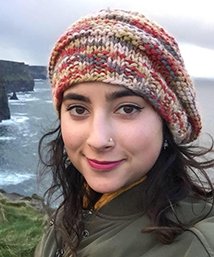 Amber Sheth '18, a Spanish major from Mequon, Wisc.
Amber Sheth '18, a Spanish major from Mequon, Wisc.
Project: The Lasting Effects of the Malinche Myth in Elena Garro’s La culpa es de los tlaxcaltecas
Amber's Takeaway: For many early 20th-century critics, one woman caused all of the problems of Mexican national identity. They viewed La Malinche, a key figure in the Spanish conquest of the Aztec empire, as a traitor to her people. For her project, Sheth cited an analogous story about an indigenous woman named Laura who time travels between the conquest and the present day.
Unlike La Malinche, though, Laura gets to tell her own story and she has agency. The author implies La Malinche would not have chosen to serve the Spanish, Sheth says, and shows “the impact that myths of the past can continue to have on the present.”
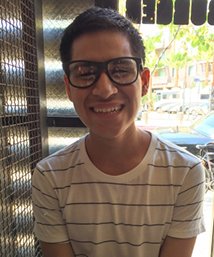 Brandon Torres '18, a Japanese, English literature, and educational studies special major from Santa Ana, Calif.
Brandon Torres '18, a Japanese, English literature, and educational studies special major from Santa Ana, Calif.
Project: Secondary School Support for Emergent Bilingual Students
Brandon's Takeaway: The notion that English Language Learners (ELLs) should be immersed in English only is, at best, misguided. As both an observer and student teacher, Torres saw disengagement among ELLs. In his quest for a better way, he encountered two myths: ELLs should focus on learning English, and only then should they take on other academic work.
But research shows that students who continue to develop their native language skills end up more proficient with English, and that delaying a wider academic education for four to seven years stunts cognitive development. “That’s why bilingual education works so well for these students,” Torres imparted. “Please support it.”
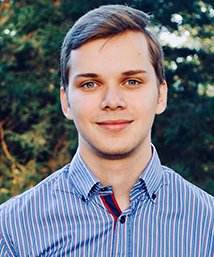 Rares Mosneanu '18, a neuroscience and chemistry special major from Ploiești, Romania
Rares Mosneanu '18, a neuroscience and chemistry special major from Ploiești, Romania
Project: Feeling Mixed About Graduation? Acknowledging It Can Boost Cognitive Performance
Rares' Takeaway: Acknowledging feelings — such as ambivalence about graduating — can boost cognitive performance. Mosneanu investigated the effects of emotion reporting on individual attention by asking classmates to watch clips of Life is Beautiful while fitted with an electro cap to measure brain activity, then to complete a brief cognitive task.
The results surprised him. Participants who were asked to record their feelings during the movie fared better on the cognitive test. So these next couple weeks, he advises classmates, do you. “Just by saying, ‘Hey, I’m feeling this way,' negative, positive, or ambivalent, we can actually perform better on the subsequent task — whether it’s your final final or Honors exam.”
Swarthmore is investing in its vibrant intellectual culture. Learn how at lifechanging.swarthmore.edu.


